Tailless Aircraft: How Airplanes Fly Without a Tail
Pilot Institute
JUNE 4, 2025
This setup makes the wing less efficient overall, but it can reduce drag, weight, and cost compared to using a separate tail. High aspect ratio wings reduce drag and improve performance during climb or slow flight. On the flipside, a decrease in aspect ratio will result in higher drag. Short, wide wings have a low aspect ratio.











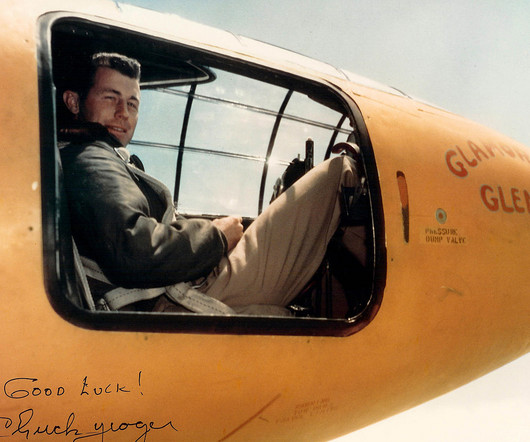
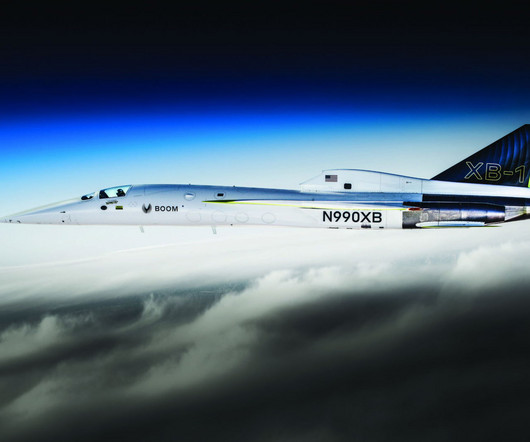
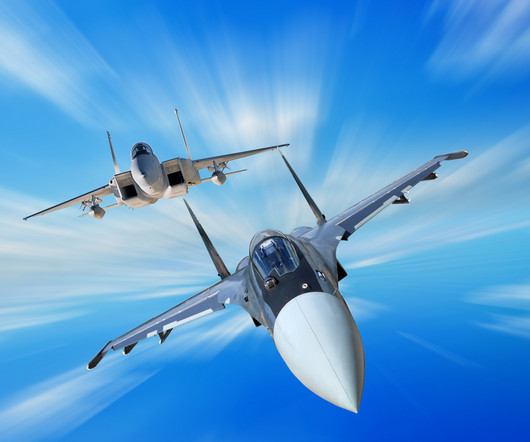
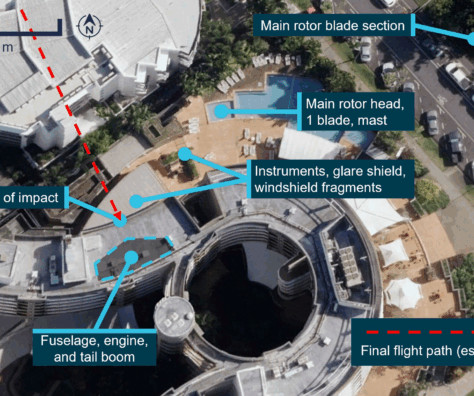


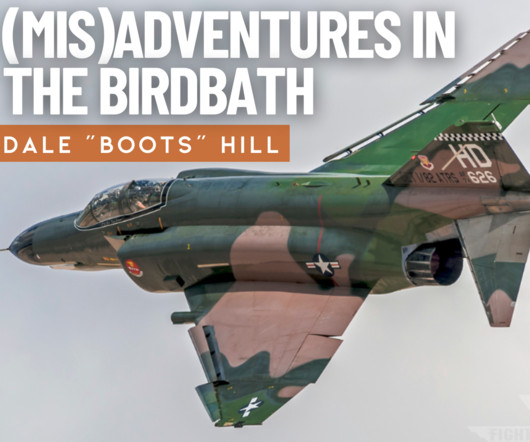

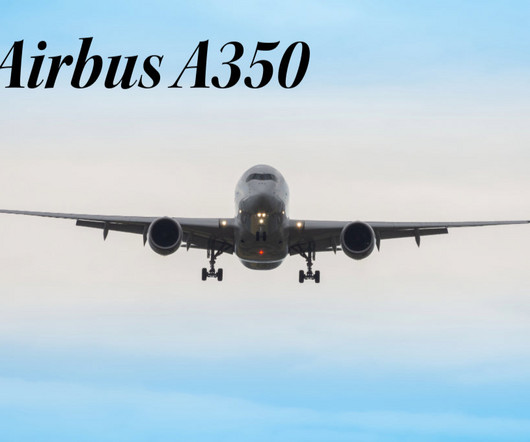

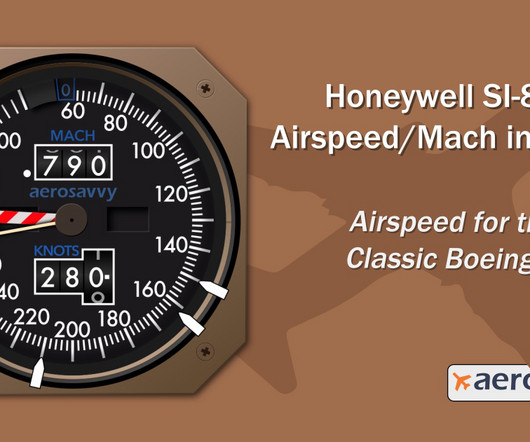
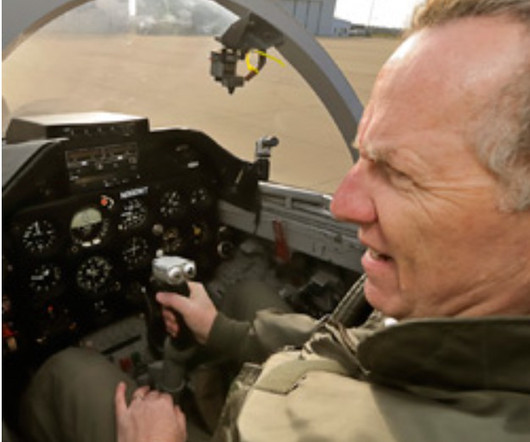

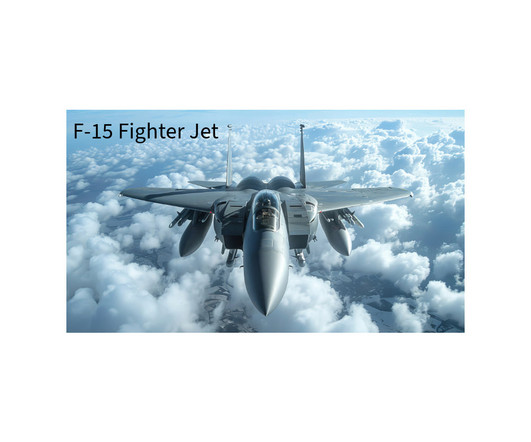
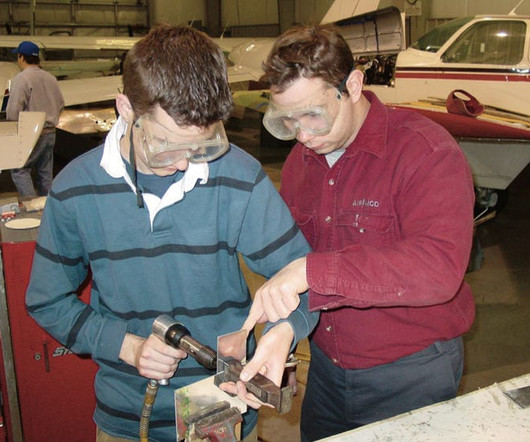
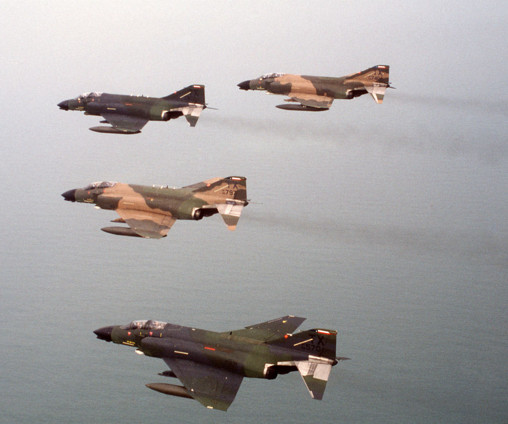
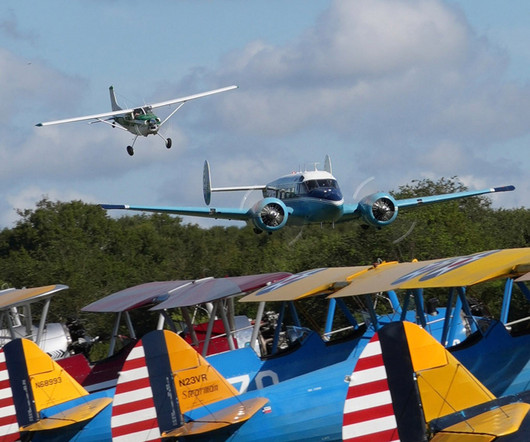


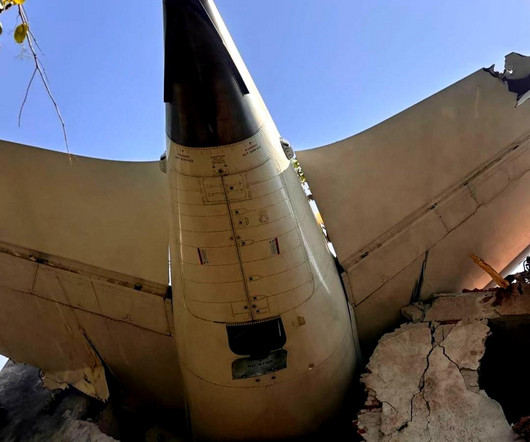






Let's personalize your content